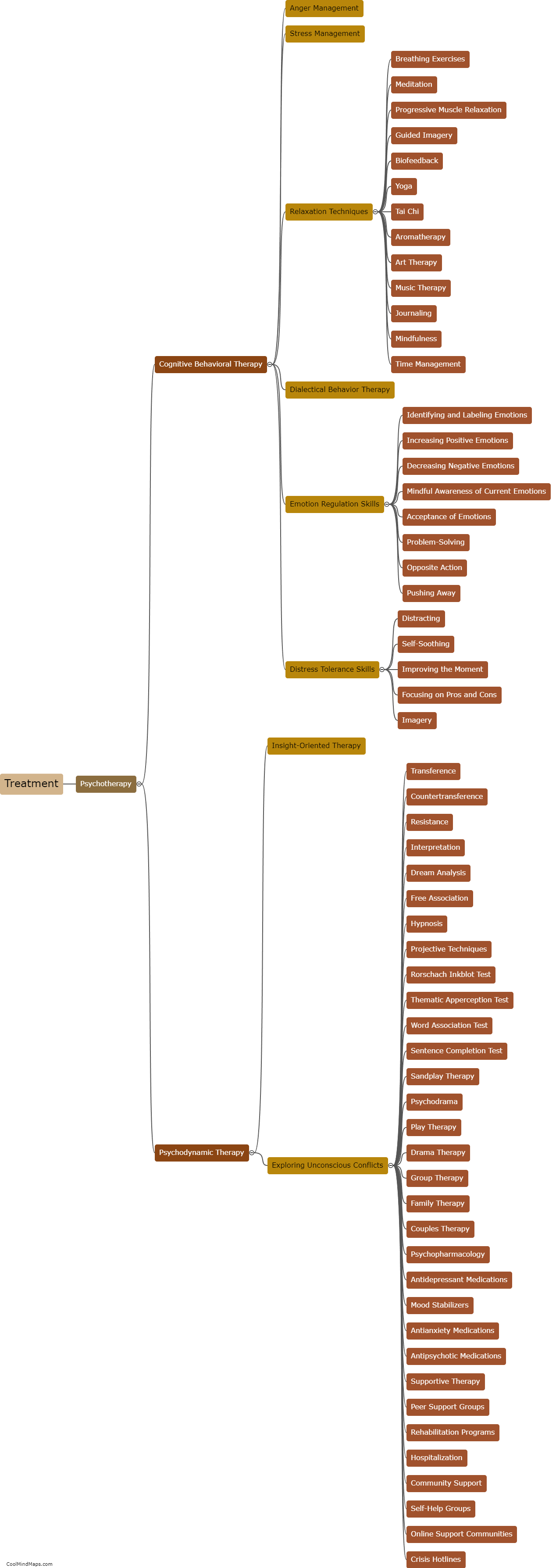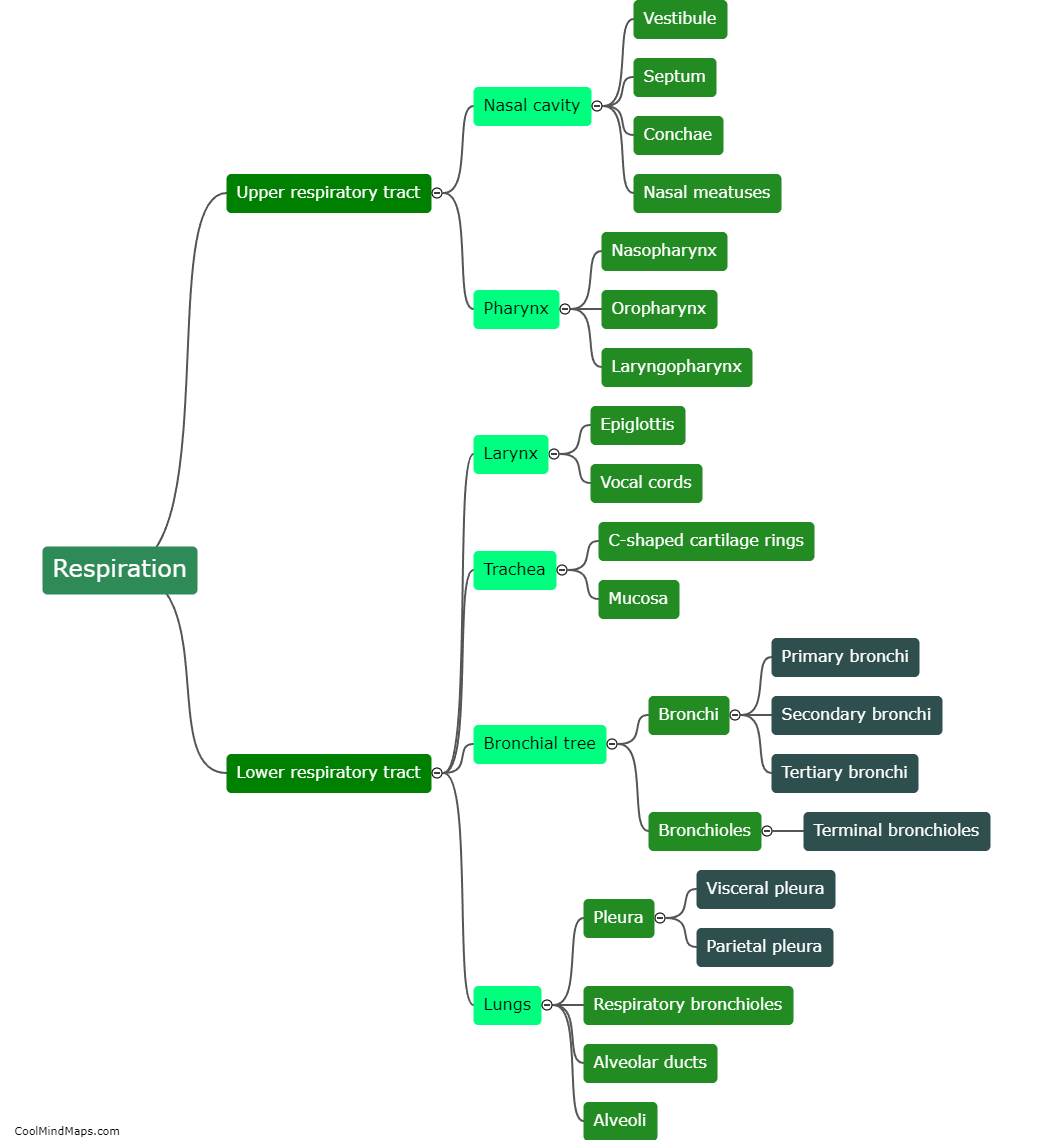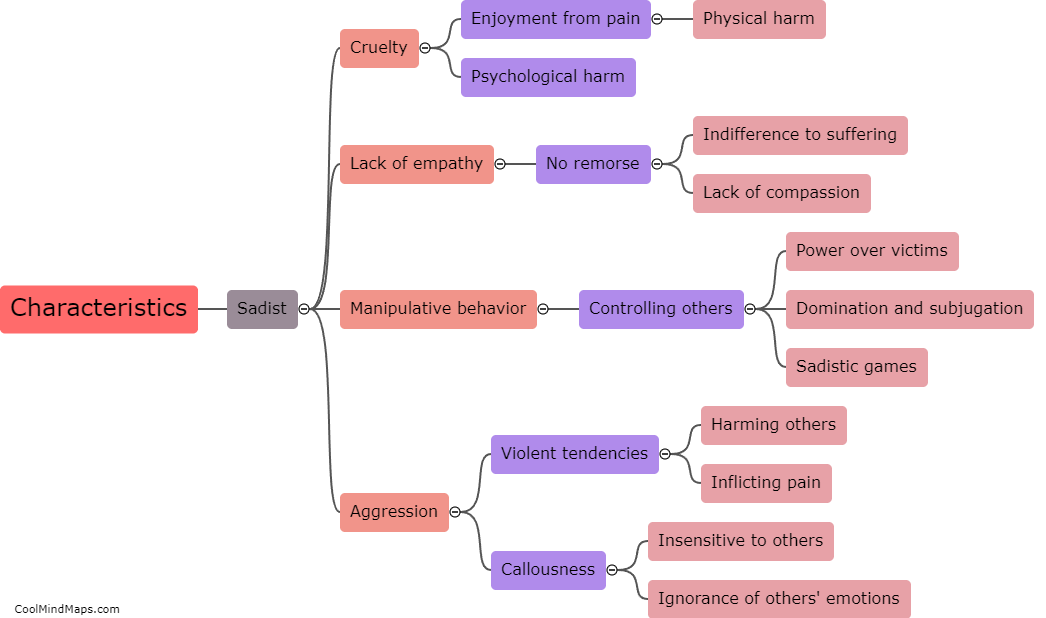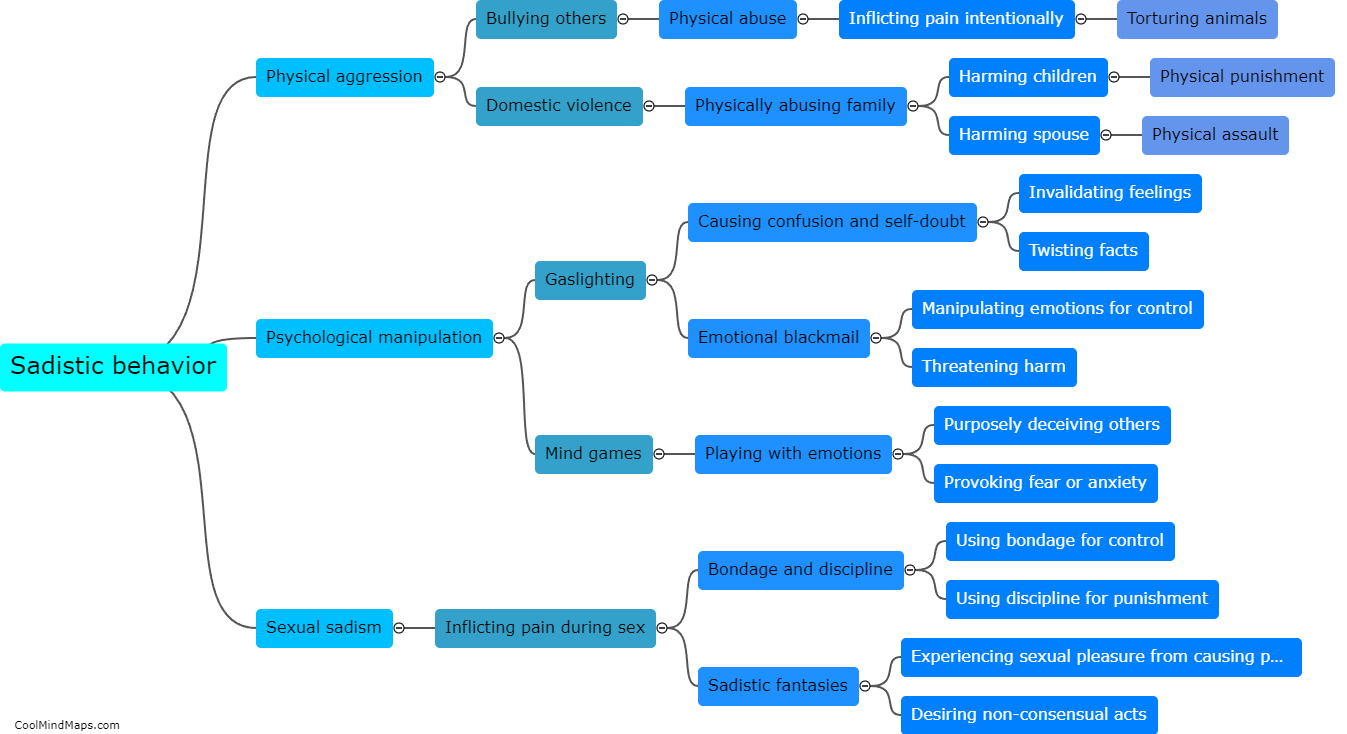Treatment and management of sadistic tendencies
Treatment and management of sadistic tendencies involves a complex and multi-faceted approach, combining psychological intervention, behavior modification, and sometimes medication. Psychotherapy is typically the cornerstone of treatment, aiming to explore the underlying causes and triggers of sadistic behaviors, such as past trauma or unresolved anger. Cognitive-behavioral techniques are often used to identify distorted thinking patterns and develop coping mechanisms to replace harmful behaviors with more adaptive ones. Additionally, the individual may be encouraged to develop empathy and remorse through practicing perspective-taking exercises and social skills training. In some cases, medications may be prescribed to target co-occurring conditions like depression or impulse control disorders. The management of sadistic tendencies also involves the involvement of support networks, including close family and friends, in order to promote accountability and provide ongoing guidance and monitoring.

This mind map was published on 19 December 2023 and has been viewed 87 times.











